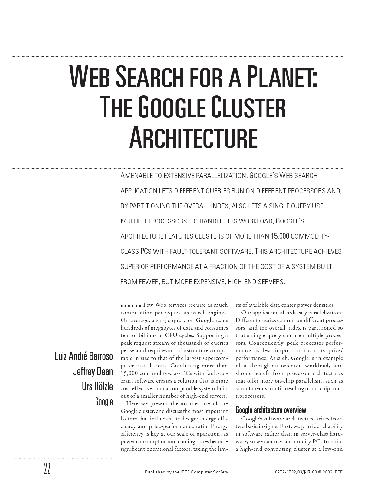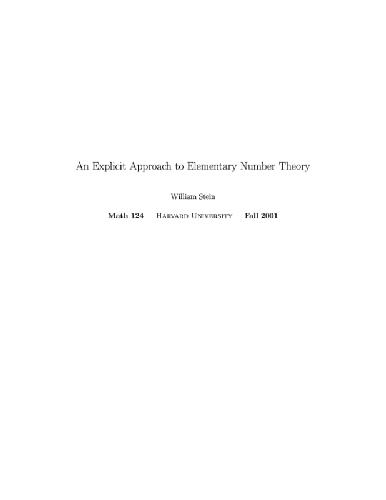Barosso L.A., Dean J., Hozle U.
Web Search for a Planet: The Google Cluster Architecture
Free Download
Authors: Barosso L.A., Dean J., Hozle U.
Size: 104 kB (106890 bytes)
Pages: 7/7
File format: pdf
Language: English
Publishing Year: 2003
Direct Download: Coming soon..
Download link:
Category: Computers , Networking: InternetSign in to view hidden content.
Be the first to review “Web Search for a Planet: The Google Cluster Architecture” Cancel reply
You must be logged in to post a review.
Related products
- Computers , Networking: Internet
Random fields: analysis and synthesis (Web edition, 1997-04-10)
Free Download - Computers , Networking: Internet
Functional programming and parallel graph rewriting(free web version)
Free Download - Computers , Networking: Internet
Explicit approach to elementary number theory (Math124, Harvard lecture notes, web draft 2001)
Free Download - Computers , Networking: Internet
Webster’s New World Essential Vocabulary for SAT and GRE
Free Download







Reviews
There are no reviews yet.